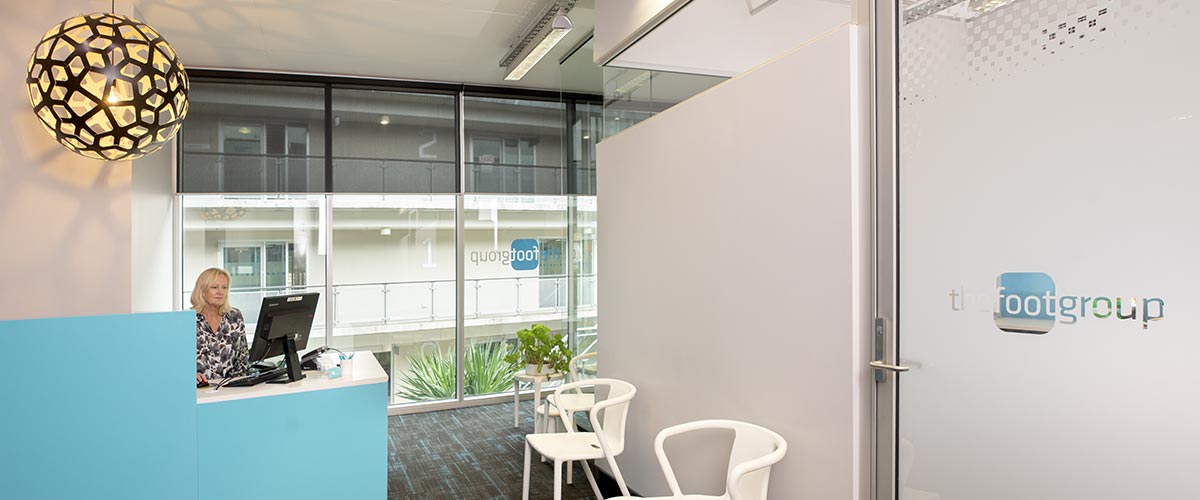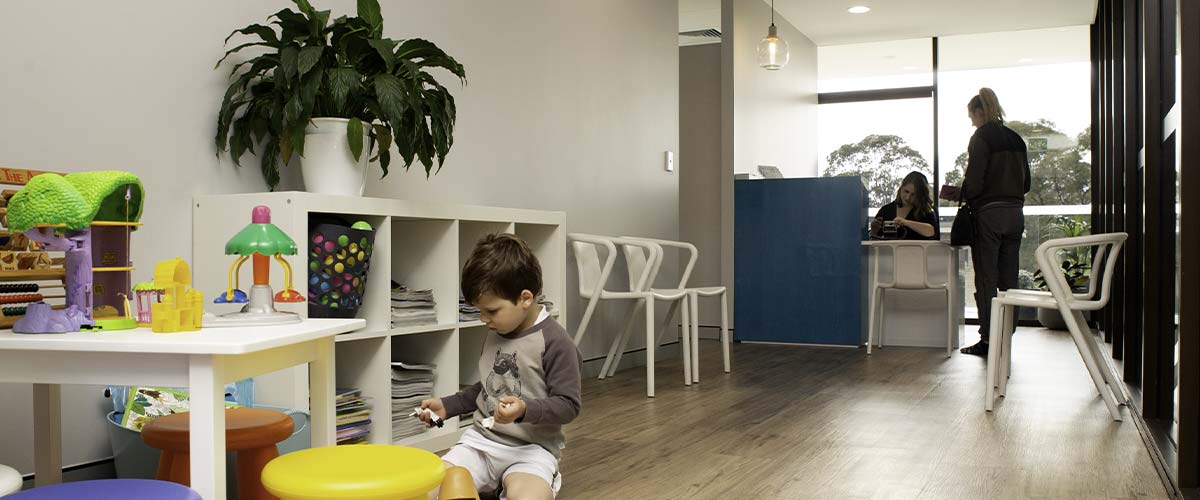Footwear advice

We advise on appropriate, properly fitted footwear to prevent unnecessary injury
Poor-fitting footwear can lead to blisters, ingrown toenails and heel pain and can cause muscle strains and injury. Wearing shoes that are not designed for the activity you are engaging in may place your feet and lower limbs under unnecessary strain, increasing your risk of injury as well as causing discomfort.
Best-practice tips for footwear selection
Whether you are selecting sports shoes or shoes for everyday you should remember to:
- Get your feet accurately measured each time you purchase new shoes because shoe size can change as we age. Things to look out for include:
- Appropriate length: Inadequate length can cause mallet toe, hammer toe or clawed toe deformity to develop over time.
- Appropriate width: Narrow footwear can aggravate bunions, increase compression and frictional forces in the forefoot.
- Appropriate depth: Can help to accommodate any clawed digits, to reduce corn formation on the apex of the digits.
- Fit the new pair to your largest foot – we all have one foot slightly larger than the other;
- Ideally, it is good practice to try on footwear at the end of the day, as our feet normally swells up during the day which can cause slight changes in shoe sizes.
- Look for good support in the heel counter and midsole;
- Make sure the shoes feel firm but not tight and give your toes adequate wiggle room;
- Pay attention to the quality of the shoe material.
The Foot Group can advise on the best footwear for you
At The Foot Group we regularly meet with the top athletic footwear companies and retailers to keep up with current footwear technologies and trends. This allows us to provide expert advice on your footwear needs based on your lifestyle, activities and body mechanics.
For example, did you know … ?
Running shoes have a limited lifespan
It is equally important that your footwear is up to date – the average running shoe has a life span of approximately 700 to 1100km. As a shoe wears out, the midsole material can become overly flexible. This may mean that rather than flexing at the ball of the foot, the sole may also continue to flex further back in the mid foot, making it difficult for the foot to develop the rigid structure it needs for propulsion.
How quickly a shoes wears out depends on your body weight, what activity the shoe is used for, the surfaces you walk/run on, your physical form, the shoe materials etc. Signs your shoes need replacing include excessive wearing of the sole, loss of support from the heel counter, or wearing out in the midsole (being easily bent in half as shown).
Avoid the problems caused by “ballet flats”
Women often wear unstructured ballet ‘flats’ to work, thinking they are avoiding the foot issues caused by shoes with higher heels. But the flats are actually just as bad, if not worse.
- The lack of fastening – i.e. laces or a strap across the top of the shoe – means our toes grip onto the shoe to keep it on. This can cause callous build up and corns. It can also worsen bunions, as the edge of the shoe may rub where the bunion is situated, causing it to enlarge.
- Also, the lack of a heel counter makes back of the shoe ‘floppy’ where it should be firm to hold the foot in place and stopping it rolling in or out.
- And the most obvious problem is the absence of cushioning on the sole. Your feet can be in these shoes for long periods of time on hard floors. This can cause inflammation at the heel site.
To avoid these problems, replace your ballet flats with a standard flat shoe.



